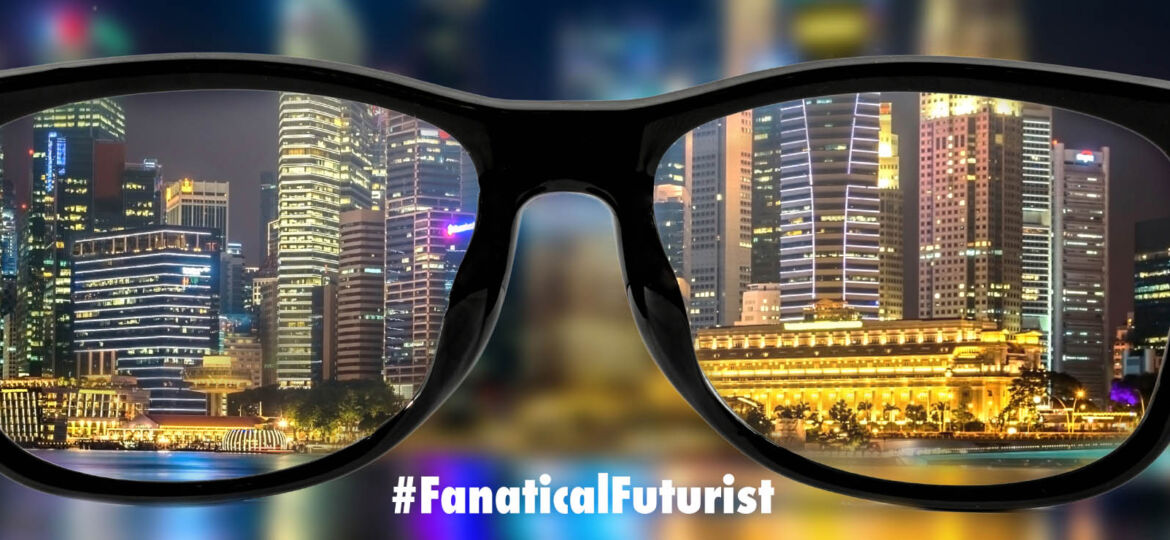
WHY THIS MATTERS IN BRIEF
New materials let us do new amazing things, and this is just one simple example.
 Love the Exponential Future? Join our XPotential Community, future proof yourself with courses from XPotential University, connect, watch a keynote, or browse my blog.
Love the Exponential Future? Join our XPotential Community, future proof yourself with courses from XPotential University, connect, watch a keynote, or browse my blog.
Recently we’ve seen a number of different breakthroughs in developing night vision systems that turn night into day, give soldiers Predator Vision, and let mice see in the dark – by turning them into “super” mice. And now, in another breakthrough, a simple transparent metallic film that lets people see in the dark could one day turn regular spectacles into night vision googles.
The ultra-thin film, made of a semiconductor called gallium arsenide, could also be used to develop compact and flexible infrared sensors, scientists say. Though still a proof of concept, the researchers believe it could eventually be turned into a cheap and lightweight replacement for bulky night-vision goggles, which are used in military, police and security settings.
The film was developed by a team of Australian and European researchers, with details published in the journal Advanced Photonics. It works by converting infrared light – which is normally invisible to humans – into light visible to the human eye.
The study’s first author, Dr Rocio Camacho Morales of the Australian National University, said the material was hundreds of times thinner than a strand of human hair. The gallium arsenide is arranged in a crystalline structure only several hundred nanometres thick, which allows visible light to pass through it.
The film has certain similarities to night vision goggles.
“The way traditional night vision goggles work is they also pick up infrared light,” said Camacho Morales. “This infrared light is converted to electrons and displayed digitally. In our case, we’re not doing this.”
Instead, the film, which does not require any power source, changes the energy of photons of light passing through it, in what is known as a nonlinear optical process.
One likely advantage of this film over existing technologies is weight – bulky helmet-mounted night vision goggles have previously been associated with neck pain in airforce pilots, for example.
Photons of infrared light have very low energy, Camacho Morales said, which means that electronic night vision devices can be affected by random fluctuations in signal. To minimise these fluctuations, many infrared imaging devices use cooling systems, sometimes requiring cryogenic temperatures. Another advantage of the nanofilm is that it works at room temperature.
“We’re avoiding the problems of having to cool down the camera and display equipment,” Camacho Morales said.
If a person were to wear glasses fitted with the film during the day, they would still be able to see what is normally visible to the naked eye, she said. “And on top of that you would see some infrared information.”















